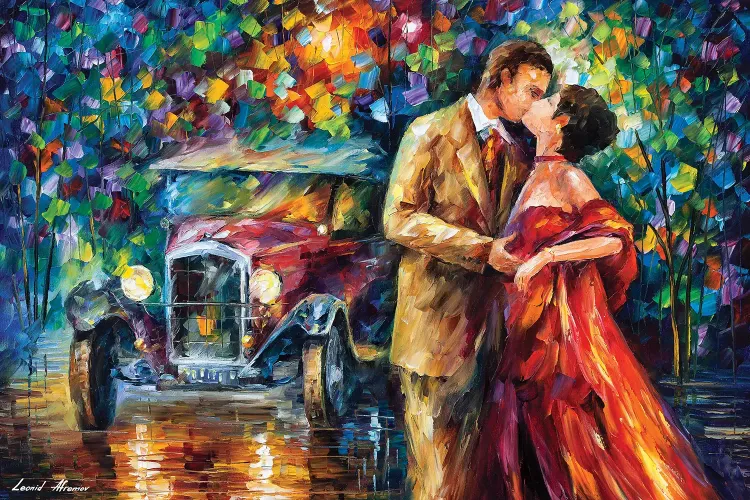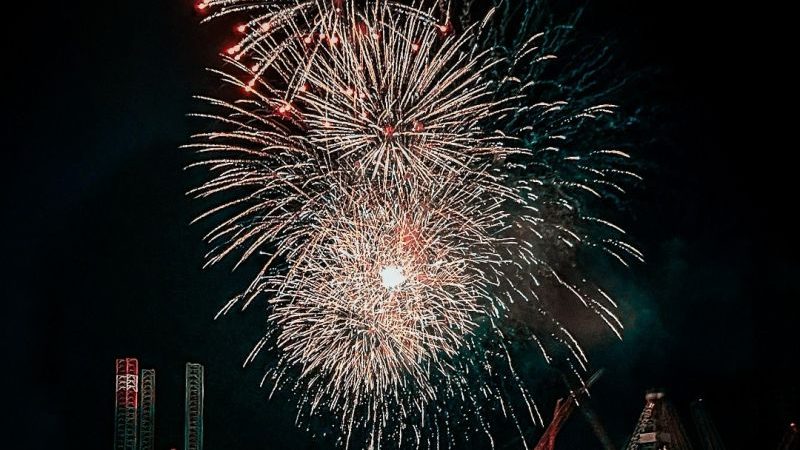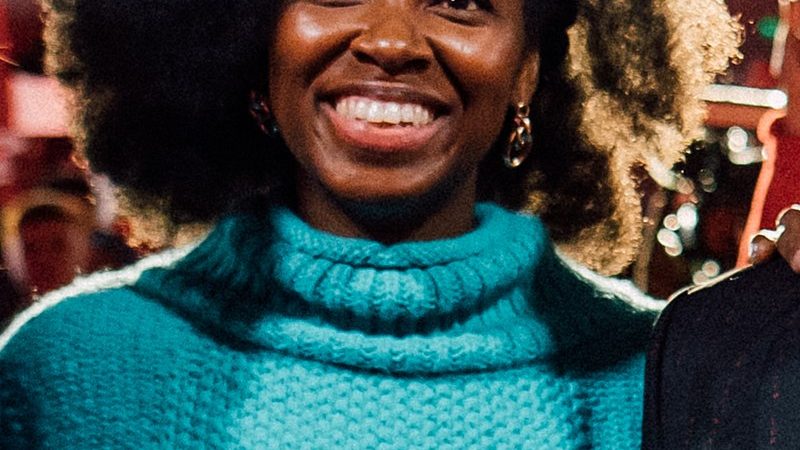The Art of the Kiss: Deciphering the Perfect Duration

Kissing is a universal expression of affection and intimacy that transcends cultures and boundaries. Whether it’s a sweet peck on the cheek or a passionate embrace, the act of kissing has been a subject of fascination and contemplation throughout history. One question that often arises in discussions about kissing is, “How long should a kiss last?” The answer to this seemingly simple question is as complex and varied as the emotions that fuel this intimate gesture.
The Short and Sweet:
A brief, tender kiss can speak volumes, capturing the essence of a moment in a matter of seconds. The short and sweet kiss is often characterized by its simplicity and can be an affectionate greeting, a reassuring gesture, or a quick expression of love. These fleeting kisses may only last a few seconds but can leave a lasting impact on the emotional connection between partners.
The Passionate Embrace:
On the other end of the spectrum, a passionate kiss is a declaration of desire and intensity. This type of kiss is characterized by its duration, often lasting longer than a quick peck. A passionate kiss can convey a range of emotions, from the heat of desire to the depth of love. The duration of such a kiss is subjective and depends on the individuals involved, their comfort level, and the context of the moment.
The Science of Kissing:
Scientifically, kissing has been studied for its physiological and psychological effects. Research suggests that a kiss can trigger the release of neurotransmitters like dopamine, oxytocin, and serotonin, which contribute to feelings of pleasure, bonding, and happiness. The duration of a kiss can influence the intensity of these reactions. Short kisses may evoke a quick burst of joy, while longer kisses can create a more sustained emotional connection.
Cultural Influences:
Cultural norms and expectations play a significant role in shaping attitudes toward kissing. In some cultures, public displays of affection, including kissing, may be frowned upon, leading to shorter and more discreet kisses. In contrast, cultures that embrace open expressions of love may encourage longer and more passionate kisses as a symbol of intimacy and connection.
Individual Preferences:
Ultimately, the ideal duration of a kiss is a highly personal matter. Different individuals have varying preferences when it comes to expressing and receiving affection. Factors such as personality, comfort level, and emotional connection all contribute to determining the perfect length of a kiss. Some may prefer short, sweet kisses that leave them wanting more, while others may revel in the lingering warmth of a prolonged embrace.
The Role of Communication:
Like any aspect of a relationship, communication is key when it comes to kissing. Partners should feel comfortable discussing their preferences and desires openly. Understanding each other’s expectations can lead to more satisfying and enjoyable moments of intimacy. This communication extends beyond verbal expression and includes the language of touch, allowing couples to navigate the intricacies of kissing together.
The Evolution of a Kiss:
As a relationship progresses, so too may the dynamics of kissing. What was once a shy and tentative exchange may evolve into a more confident and passionate embrace. The length of a kiss may reflect the stages of a relationship, with new couples exploring the boundaries of intimacy and established partners reveling in the familiarity and comfort of a prolonged kiss.
Conclusion:
In the realm of romance, there is no one-size-fits-all answer to the question of how long a kiss should last. The art of kissing is a nuanced dance that varies from person to person and moment to moment. Whether it’s a brief peck that leaves you breathless or a lingering kiss that speaks volumes, the perfect duration is ultimately a reflection of the emotions shared between individuals.
In the tapestry of human connection, kissing remains a timeless expression of love, desire, and connection. So, the next time you find yourself in the midst of a kiss, remember that it’s not about adhering to a set timeframe; it’s about savoring the moment and letting the language of touch convey what words often cannot.






